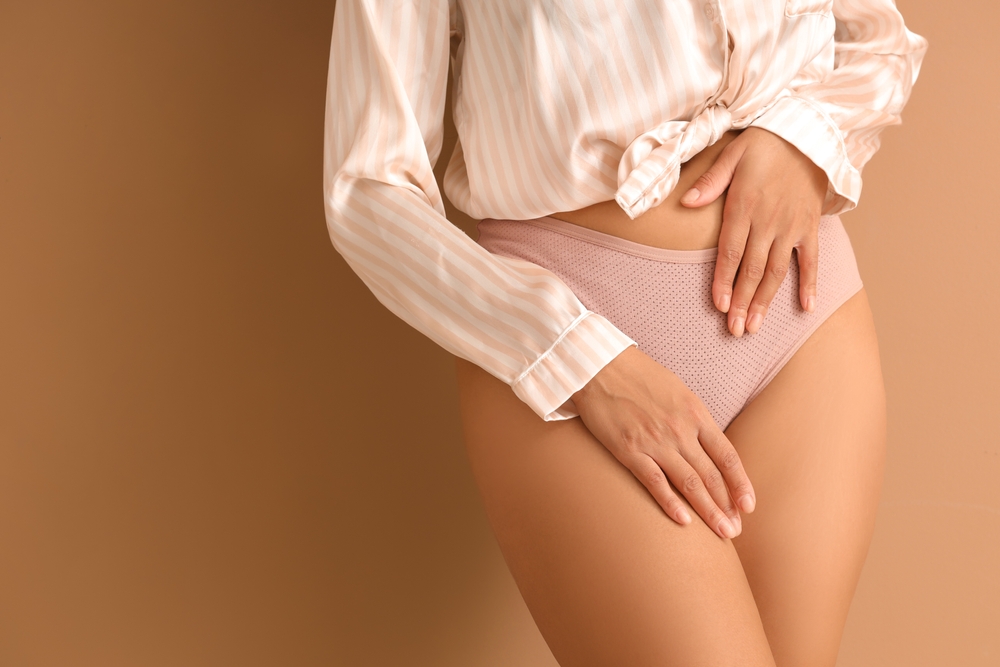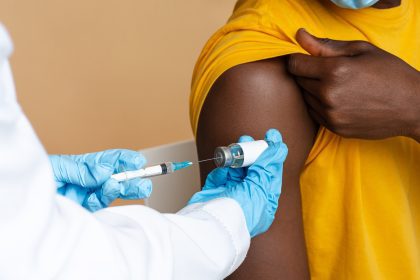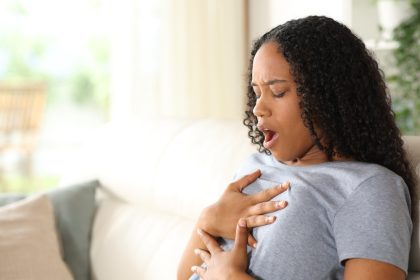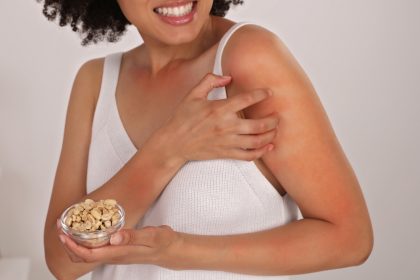Vaginal dryness, a condition that affects countless individuals, has often been overlooked in broader health discussions. Recent advancements in medical research, however, have shifted this perspective, recognizing both the physiological and quality-of-life impacts associated with the condition. These insights not only highlight the need for more comprehensive care but also emphasize innovative treatment options that offer relief and improve intimate health.
Understanding natural processes
The vaginal environment is a finely tuned system, maintaining health through complex biological mechanisms. One of the key processes is the body’s natural lubrication system, which keeps the vaginal tissues moist and helps protect against infections. This lubrication is primarily regulated by hormonal fluctuations, and when these processes work as intended, they ensure comfort and functional health.
The vagina’s mucous membranes are constantly producing moisture to maintain this balance, which is crucial not only for comfort but also for protecting the delicate tissue from irritation and injury. This natural process is impacted by a range of factors, including age, hormonal levels, and even lifestyle choices. When this system becomes disrupted, it can lead to discomfort and a range of symptoms that affect daily life.
Recognizing disruptions
Hormonal fluctuations, particularly those associated with significant life transitions such as menopause, pregnancy, and post-childbirth, emerge as a primary factor in vaginal dryness. The decrease in estrogen levels during menopause, for example, significantly impacts the vaginal lining, reducing moisture production. This can lead to vaginal atrophy, a condition in which the vaginal walls become thinner, drier, and less elastic, causing discomfort during intercourse and potentially increasing the risk of infection.
Other causes of vaginal dryness can include the use of certain medications, medical treatments like chemotherapy, and stress. While these factors may vary from person to person, the common thread is a reduction in the body’s natural ability to maintain lubrication. Understanding the specific cause behind a person’s symptoms is essential for choosing the right course of action.
Identifying patterns
Recognizing the distinction between typical variations in vaginal moisture and potential underlying health concerns is crucial for appropriate care. While some dryness may be temporary and related to external factors, such as stress or diet, persistent dryness can indicate a more serious issue. Individuals experiencing chronic discomfort should seek medical guidance to rule out any underlying conditions that may require specialized treatment.
For instance, if vaginal dryness is accompanied by pain, irritation, or difficulty urinating, it could signal conditions such as vaginal atrophy or autoimmune disorders like Sjögren’s syndrome. Early identification and diagnosis are key to managing these conditions effectively. Keeping track of symptoms and any other changes can also assist healthcare providers in determining the most appropriate treatment options.
Modern interventions
Contemporary medicine offers a wide range of solutions to help alleviate the symptoms of vaginal dryness. These interventions range from over-the-counter products to prescription treatments, catering to different levels of severity and individual needs.
Hydration is often the first step in managing vaginal dryness, with simple lifestyle changes like drinking more water and using a humidifier in dry environments providing initial relief. Over-the-counter lubricants and moisturizers are widely available and can help with immediate comfort during sexual activity or daily tasks. These products come in various formulations, such as gels, creams, or suppositories, each designed to address specific needs, from daily moisture to longer-lasting relief.
For individuals experiencing more severe symptoms, prescription treatments like hormone therapy may be recommended. Estrogen creams, vaginal rings, or tablets can help restore the vaginal lining’s thickness and moisture. Another option is dehydroepiandrosterone (DHEA) therapy, which helps stimulate the production of vaginal tissue and improve lubrication.
Healthcare engagement
As with any health concern, the role of a healthcare provider is crucial in managing vaginal dryness effectively. Open communication with a physician or gynecologist can ensure that the appropriate treatment is chosen based on the individual’s specific needs. A healthcare provider may also perform tests to identify underlying causes of the condition and monitor progress with treatment.
For individuals experiencing discomfort, it is important to discuss their symptoms openly, as vaginal dryness is often a sensitive subject. Understanding available treatment options and their potential side effects can help individuals make informed decisions about their care. Furthermore, healthcare providers can offer guidance on lifestyle changes that may help alleviate symptoms, including diet modifications, stress management, and exercise.
As awareness grows about the physical and emotional impact of vaginal dryness, it is essential that more attention is paid to intimate health concerns. The medical field’s evolving understanding of this issue has provided individuals with a wider array of solutions and empowered them to take control of their health with better-informed choices. Through open discussions and professional guidance, it is possible to address this condition in a way that improves both comfort and overall quality of life.
Conclusion
Vaginal dryness is a common yet often misunderstood condition that affects many individuals, particularly during significant life transitions. Recent medical advances have not only improved our understanding of the factors that contribute to this condition but also provided a variety of treatment options that can improve the quality of life for those affected. By recognizing the natural processes involved, understanding disruptions, identifying patterns, exploring modern interventions, and engaging with healthcare providers, individuals can better manage vaginal dryness and find relief from its impact.












